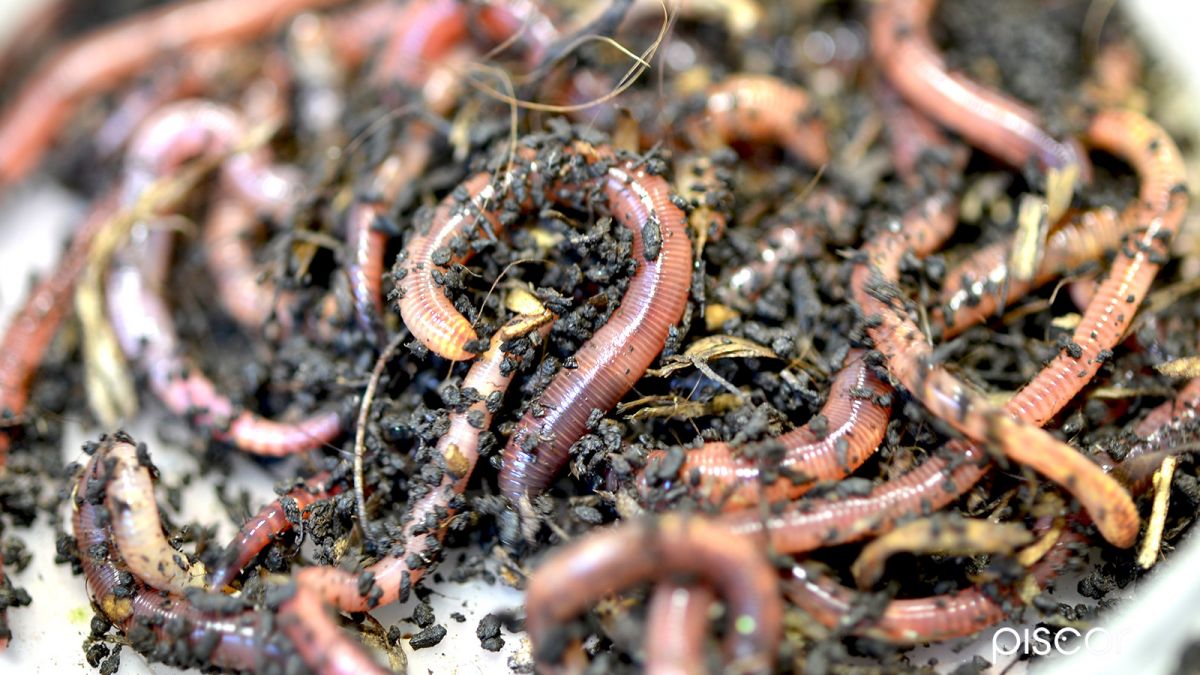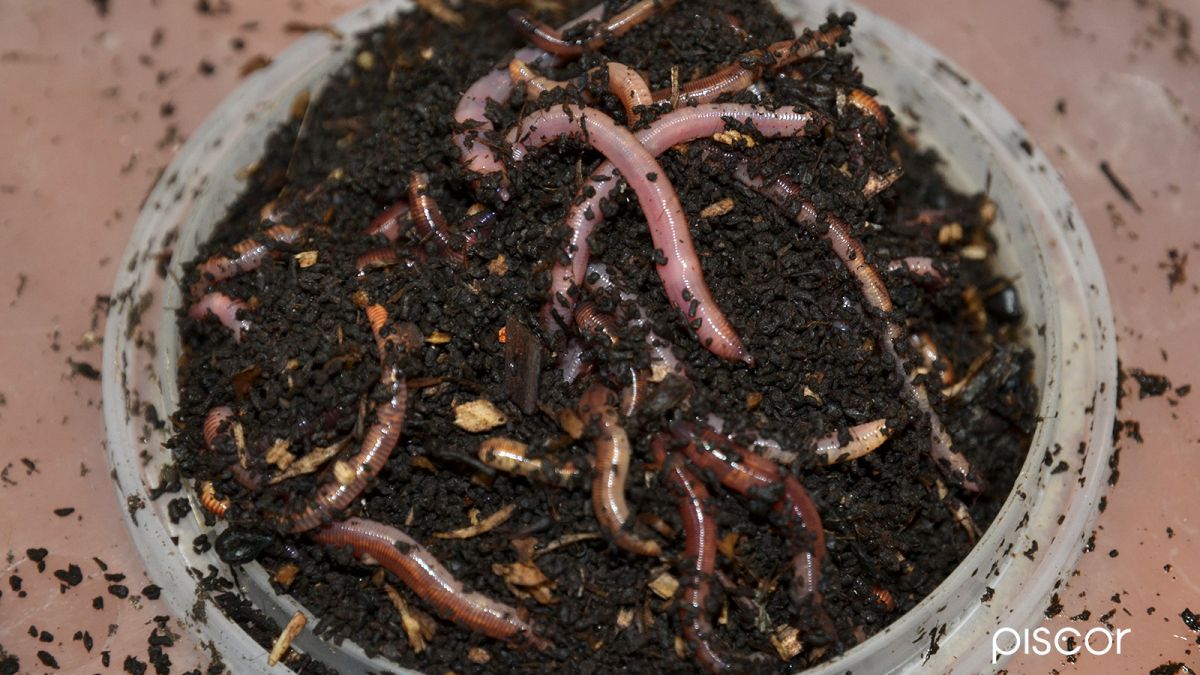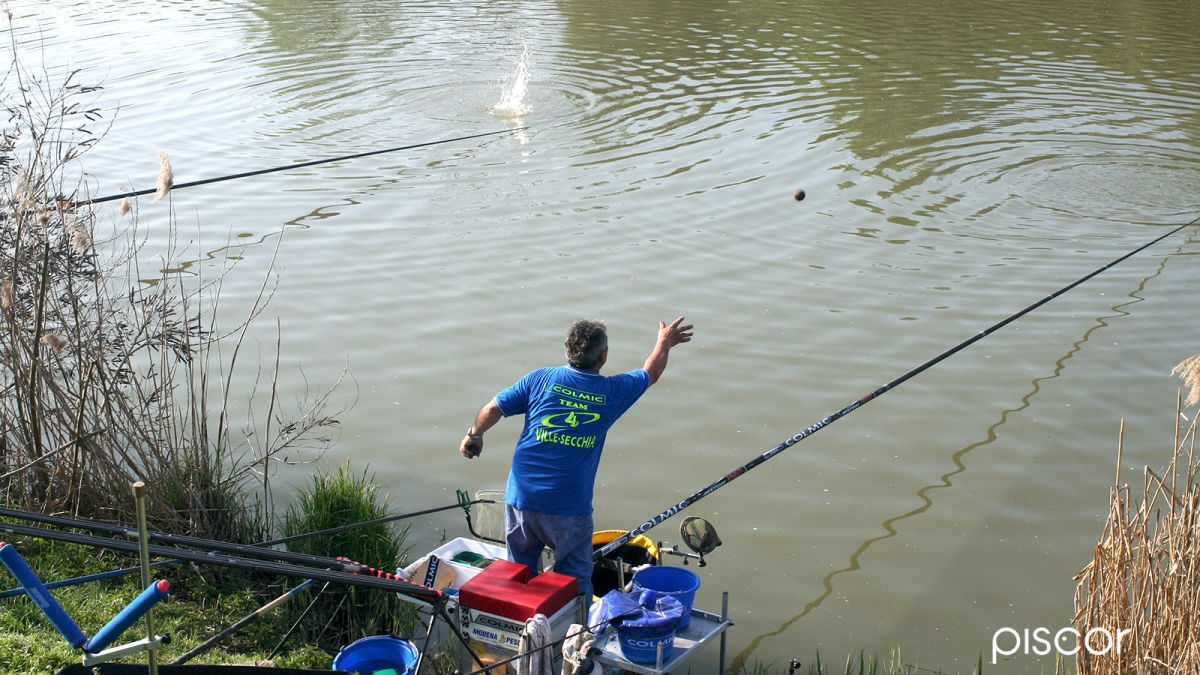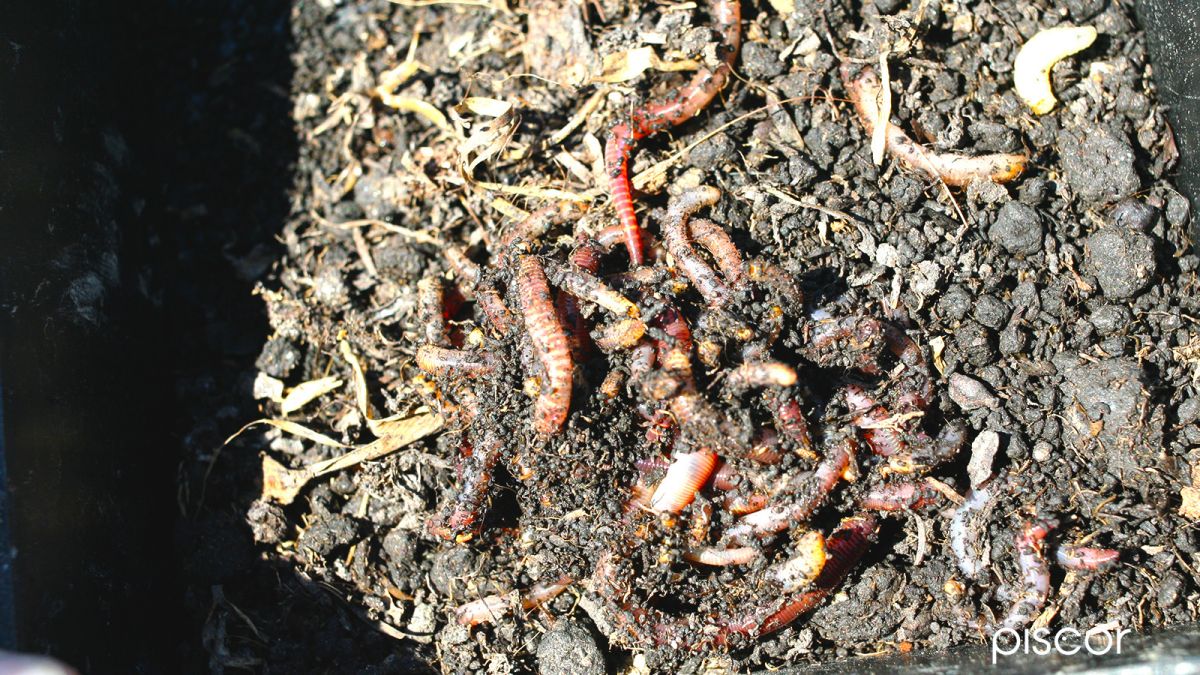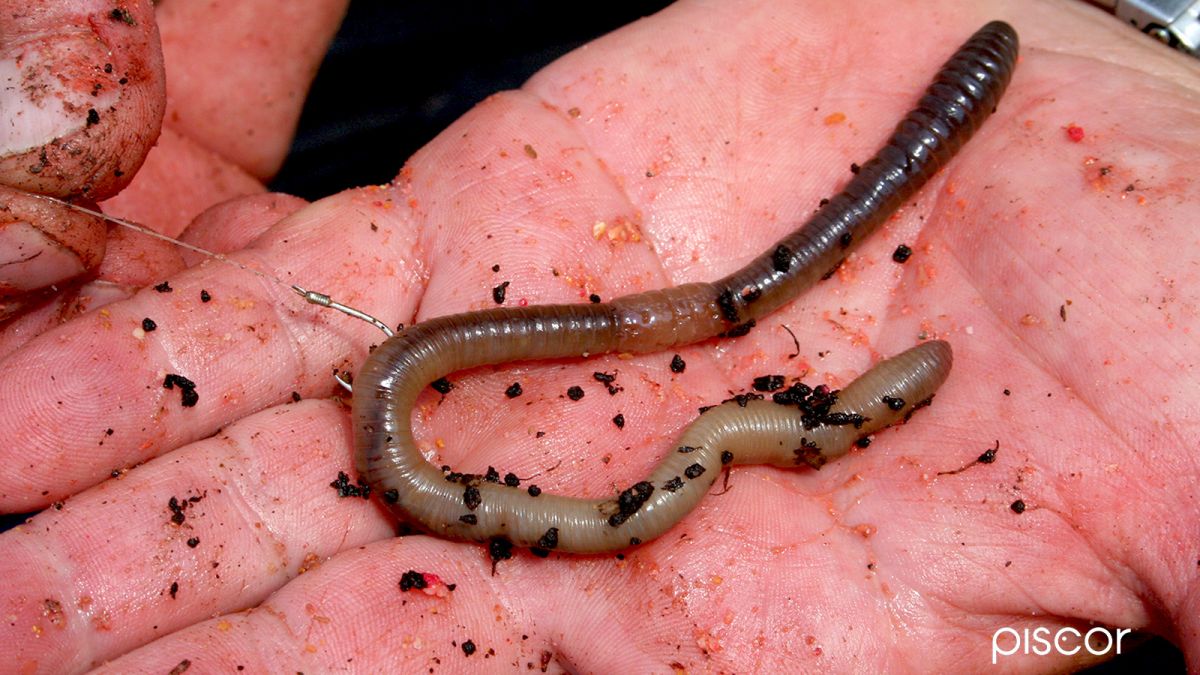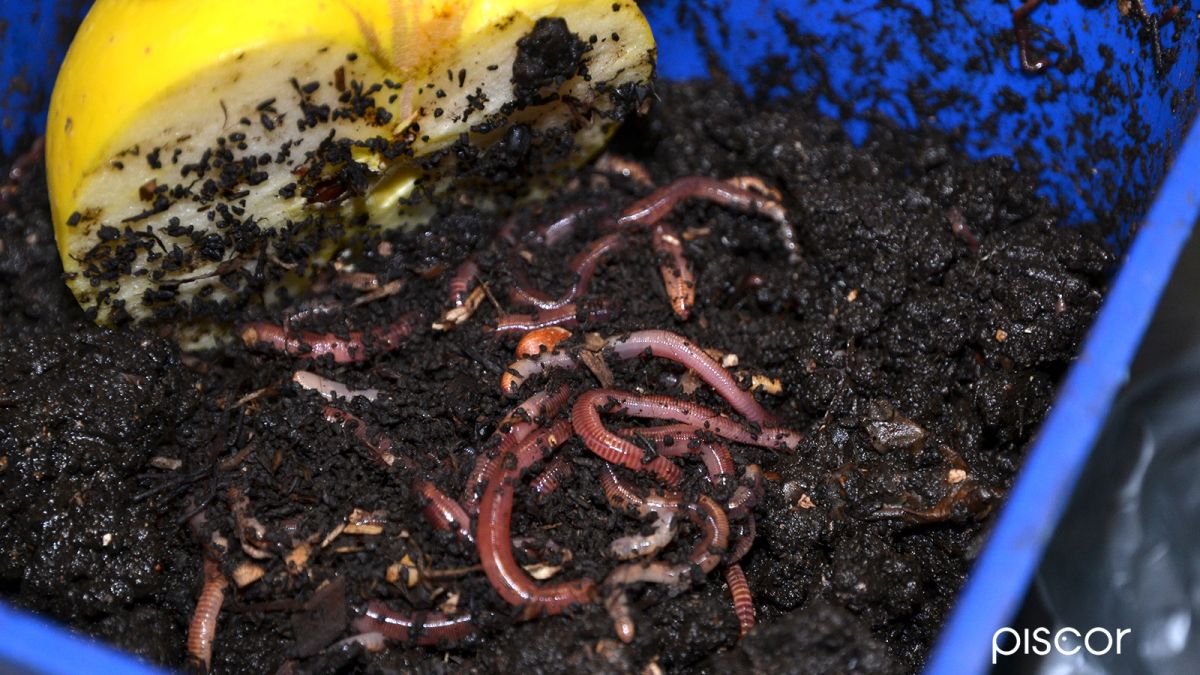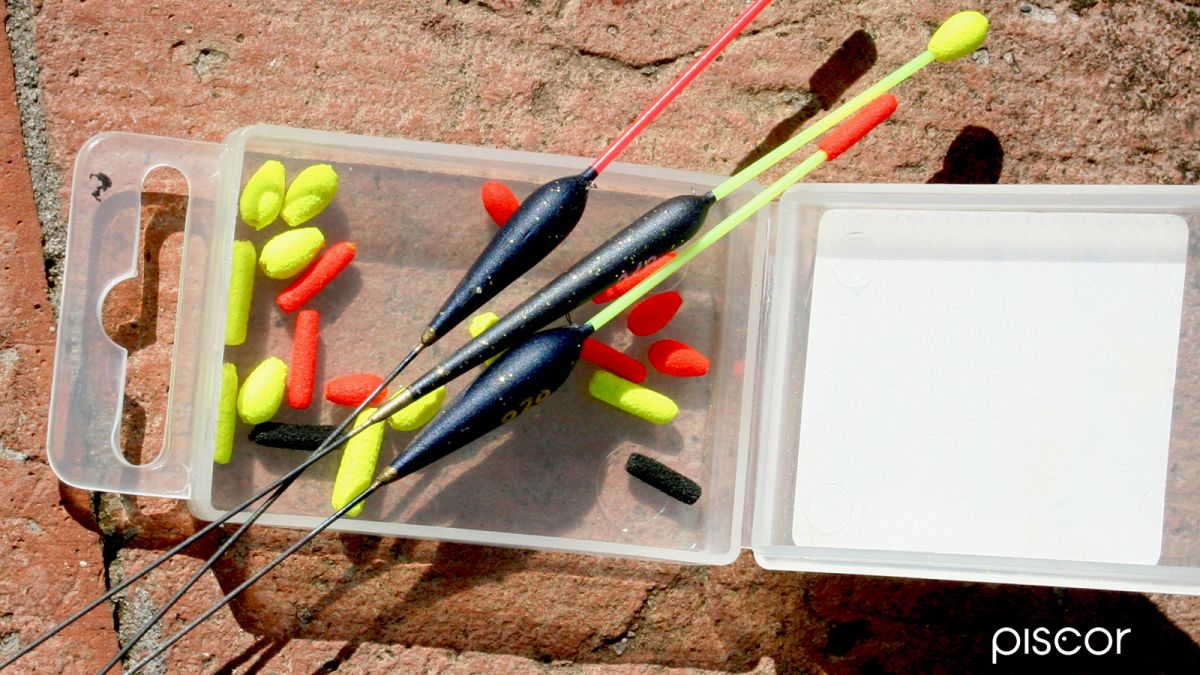Especially in difficult or particular fishing conditions it is always good to have alternative baits with you to the usual maggots, certainly the most employed ever, but not for this reason valid for all occasions.
Earthworms
The oldest bait, perhaps, but not for this reason less important, is nowadays found in various forms, from the small viscous and wagging vermin, not more than three or four centimeters long, to the so-called "mums", which are almost boa snakes and have come into vogue since in many rivers have appeared large American catfish. In the middle of these two extremities there are different earthworms husbandry of different sizes and vitality: from the manure worms to dendrobaena, etc.
Each variety has different characteristics for fishing and conservation. Let's see them one by one.
Little worms
They are used mostly in competition, when there is an alternative to the maggots. The canal crucian carp is the one which best responds to the trigger of this worm and the trigger of three or four of these earthworms carried out in the middle of the body, can be decisive in the face of fish which do not want to know to bite.
The convulsive movement of this trigger would convince even a dead fish to eat. Also interesting is the use of this earthworm, with larger specimens, in combination with one or two maggots, to undermine the large breams.
These worms are available in shops in small boxes containing the worms in their humus and, in this form, they can be kept for a couple of weeks, provided that they do not see light and are not exposed to sources of heat.
For long storage, they must be placed in a large bait box, covered with a 50% mixture of soil and soil or sand. In this way, if kept cool, they can go on for months, if you feed them, and this is done by placing, every now and then, in the box, some leaves of salad, apple peels, or, better still, by placing, on the ground, half an apple, on the side of the cut.
You simply have to check that the humidity of the soil is never excessive, nor that it is too dry. Due to the restricted environment, we recommend not to feed the worms with tomatoes or citrus fruits because the acidity of these fruits would decree their death.
The small worms are also found in another type of packaging, that is in thin plastic boxes covered with a transparent plastic lid. They are the same as the ones we talked about earlier, but they are their "tender" version. When fishing becomes difficult, they are much more appreciated than the "hard" to the crucian carp, for this reason we see many packages circulating on the race fields.
Their preservation is done exactly as in the previous case, but always remember that they are much more delicate, so, during fishing, always keep them away from light and heat.
Dendrobaena
Under this name are sold earthworms of different sizes, but never very small. They are among the most widely used worms in all types of fishing aimed at medium-large size fish. In addition to being very appreciated by fish, they have a number of qualities that are the basis of their success.
First of all, they are very resistant to the trigger and maintain their vitality for hours, also resist fairly well to high temperatures and exposure to the sun (but always to avoid).
In addition to these qualities have another that is related to their shelf life and, if we put them in the right conditions, which are then those described above for small worms, is very long.
Manure worms
Their use has declined a bit in recent years, not so much because they have been surpassed by other types of earthworms, but because their availability has become difficult due to very strict regulations. Together with the worms found in the rotting leaves, they are the top for certain types of fishing.
The crucian carp is literally crazy about it and that yellow liquid (not really pleasant to the nose of humans) that they emit at the time of the trigger, but even with simple manipulation, is what triggers the aggression of the bait by the fish.
The main problem is that of conservation, which is extremely difficult because these worms (despite the place where they thrive) are very delicate and can hardly survive more than two or three days after the harvest, of course, if kept cool.
The "moms"
Catfish have brought to the fore these huge earthworms, grayish, long like a sausage. They are found only in polystyrene packages and this already says a lot about the fact that the heat is a deadly trap for these worms. In fact, their preservation is very short, often reduced to a couple of days, especially if it is hot.
How to build a "earthworms place"
Earthworms husbandry is a fairly widespread reality in our country and the aim is not only to produce worms for sport fishing, but also to produce the precious humus used in agriculture.
However, it is quite simple, if you have a vegetable garden or a garden, to produce your own worms for fishing trips.
We need a wooden box from which we will preferably cut out the bottom. The walls are buried for about twenty centimeters and filled with soil, adding, from time to time, the earthworms left over from the fishing sessions.
Keeping the soil constantly moist and adding plant residues for nutrition, within two or three months we can draw on our mini husbandry taking what is needed to trigger, bringing back the surplus.
At least once a year, the farm must be renovated, replacing the old land with new land in which the recovered worms are put. The old land, which at this point is a humus, can be used for plants and flowers. It is exceptional!

